Augsburg, southern Germany, mid-17th century
Dimensions: h. 43 cm, w. 32 cm, d. 20 cm
Ebonized wood, inlay of painted pietra Paesina plates
The cabinet we are presenting is a rare collector's item which is part of a series of objects intended for “kunstkammer” (curiosity cabinets).
Having no use in terms of storage, it was designed as a luxurious object of art with the sole function of reflecting the taste and extravagance of its owner and arousing the admiration and curiosity of his peers.
Like a facade of a miniature palace, it consists of a pediment resting on a drawer, doors revealing a series of drawers as well as a drawer in the lower part.
The clever middle drawer design hides a row of miniature secret drawers in the removable center compartment. This artifice testifies rather to the prowess and ingenuity of the cabinetmaker than to a real need to secure the objects contained therein.
The drawers are decorated with elliptical-shaped Paésine stone plaques inserted in blackened wooden frames. The doors welcome in their centers the Paésine plaques in the center of a carved cartouche with mascarons decorated with ribbons.
The Paésine plaques are enhanced with oil paintings mainly of small figures which blend into a natural background of the strata.
The theme adopted for the large plaques illustrates Christian virtues. The function of the subjects is to reflect and interpret the world in connection with the philosophical research of the owner of the “kunstkammer”.
The three virtues chosen by the sponsor are Faith and Hope for the large doors and Strength for the small door.
Faith is represented by a woman holding the cross, symbol of Christianity, and the book of the Gospels.
Hope is represented by a woman standing next to an anchor. The anchor symbolizes stability and assurance; this virtue allows the vacillating man to escape the turmoil of existence.
Strength is represented by a soldier carrying the broken column. The column, symbol of fortitude, is broken in allusion to the exploit of Samson, biblical hero, who embodies in his fight against the Philistines, an example of not only physical but also moral strength.
The drawers are decorated with figures in landscapes.
The contrast is striking between the sobriety of the blackened wood and the natural light colors of the Paésine stone. The painted miniature plaques inserted in the dark wood are particularly well highlighted like a painting with its frame. The natural formations of the pietra paesina imitating landscapes and trees provide a perfect background for painting some small figures.
Painting on stone
Painting on stone is a technique that appeared in Italy around 1530. The support promises exemplary durability over time, unlike traditional supports such as canvas or wood, which are considered fragile.
Secondly, from the years 1580-1590, artists varied their productions by using Supports such as jasper, amethyst, agate, or alabaster. The diversity and richness of the materials then meet two expectations: it corresponds to the taste for preciousness and is part of a complicity between art and nature. Florence and Rome became important centers of production and many families, including the Medici and the Barberini, played a key role in this development.
The Paesina stone: Pietra Paesina
Paesina is a variety of limestone found in northern Italy around Florence and in the Apennines, and which is particularly representative of image stones. This rock is also called ruiniform marble or limestone, landscape stone, figured stone or Florentine marble. Cut and polished, the successive plates present different designs on each edge. Greens, blues or grays suggest the sky and the sea; the brown veins of houses, castles, towers, dungeons, ruined villages or shores, cliffs and caves.
The use of this limestone as an ornamental stone dates back to Antiquity but it was in the 16th century that paésines were used for decorating furniture and cabinets. Indeed, the “pietra paesina” aroused the admiration of lovers of cabinets of natural curiosities during the Renaissance. The Medici decorated their Italian cabinets with it, making inclusions in hard stone marquetry. The paésines were sometimes painted, their fantastic decoration serving as a background for these stone paintings in the 17th and 18th centuries, very popular with collectors.
Augsburg collector's cabinets
There is a limited corpus of around ten cabinets whose drawers or doors are inlaid with painted hard stones, generally agate and jasper. They were made in Augsburg, and mostly were commissioned in the 1630s by Philip Heinhofer (1578–1647) (art dealer) for use by European princes.
His cabinets, like those in the collections of Uppsala University, the Rijksmuseum or the Florence Offices, were so exuberant and very expensive, leading to the ruin of Philippe Heinhofer, but must have inspired the cabinetmakers and artists of Augsburg to making models that are certainly less impressive but more accessible to collectors.




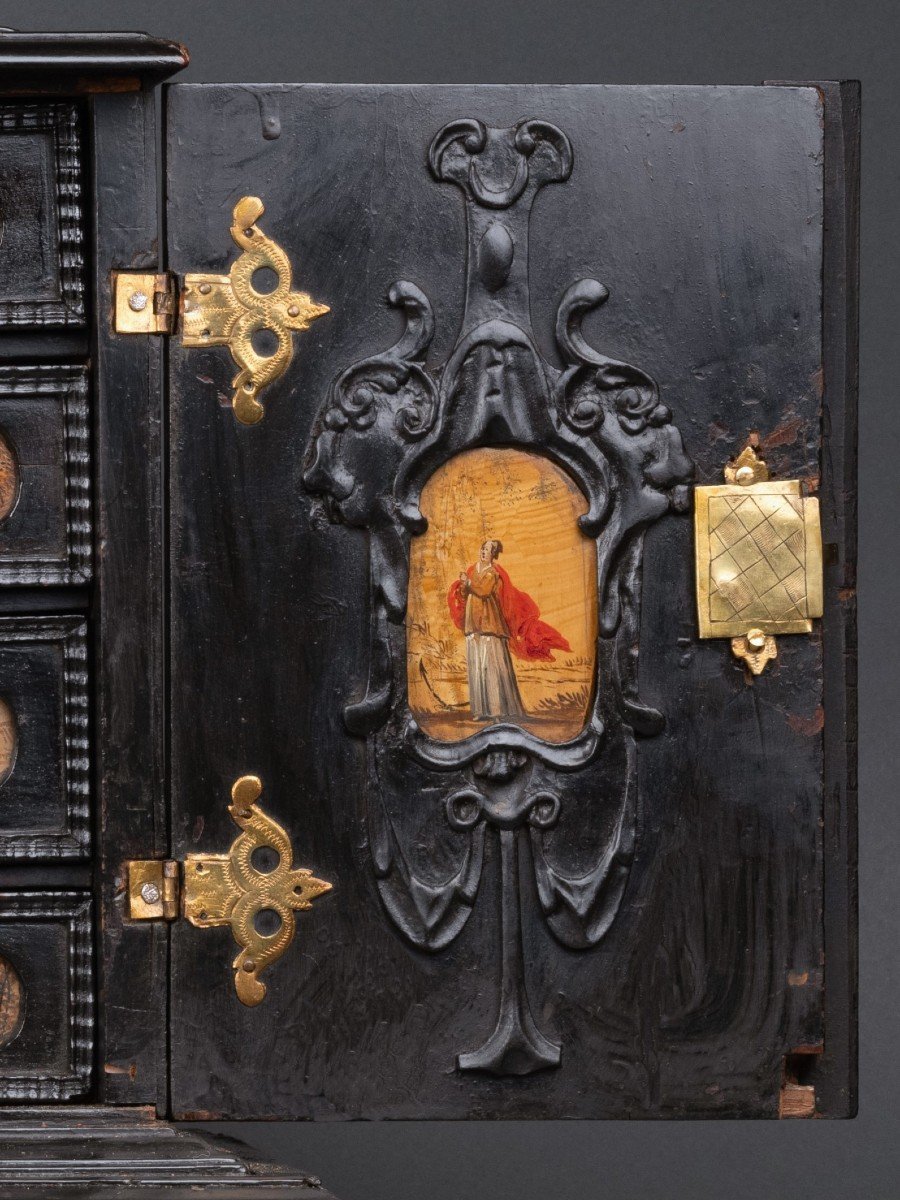




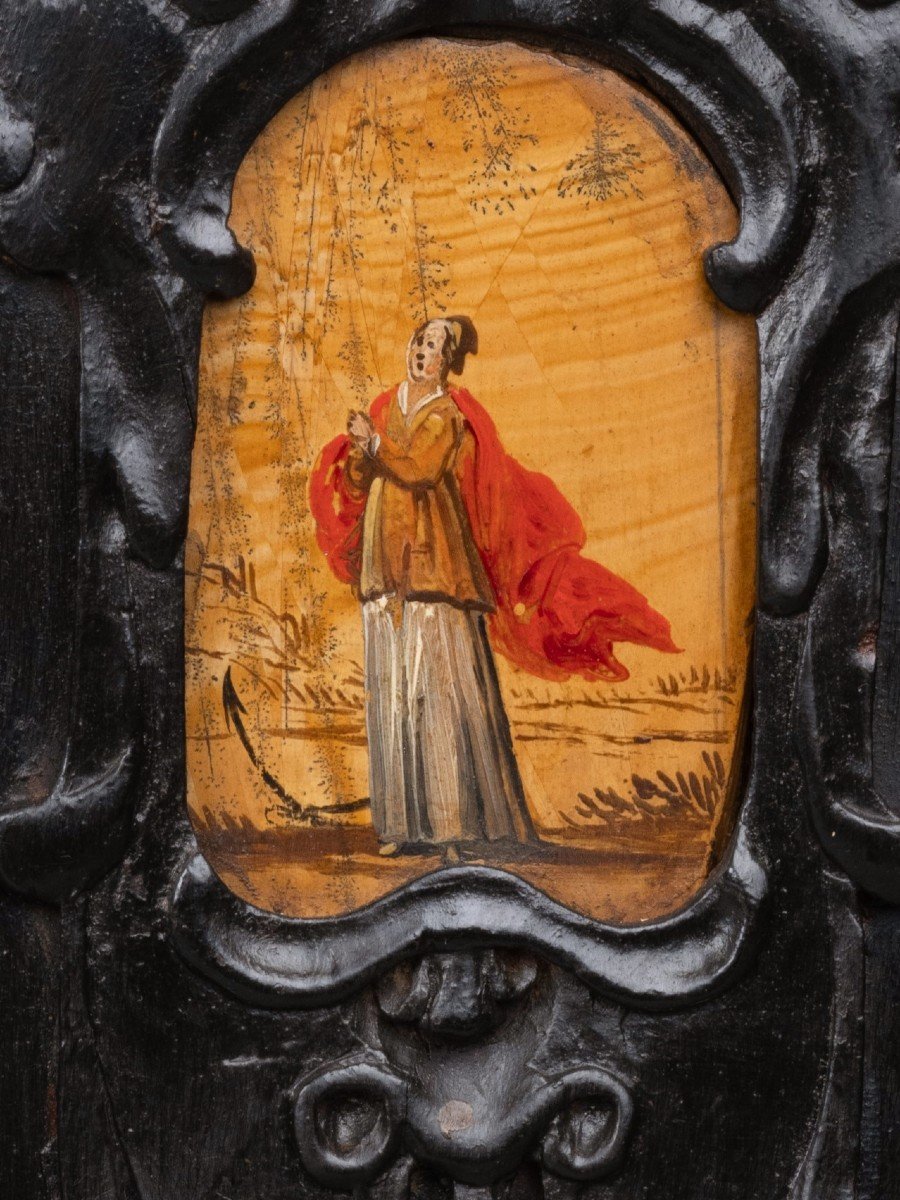
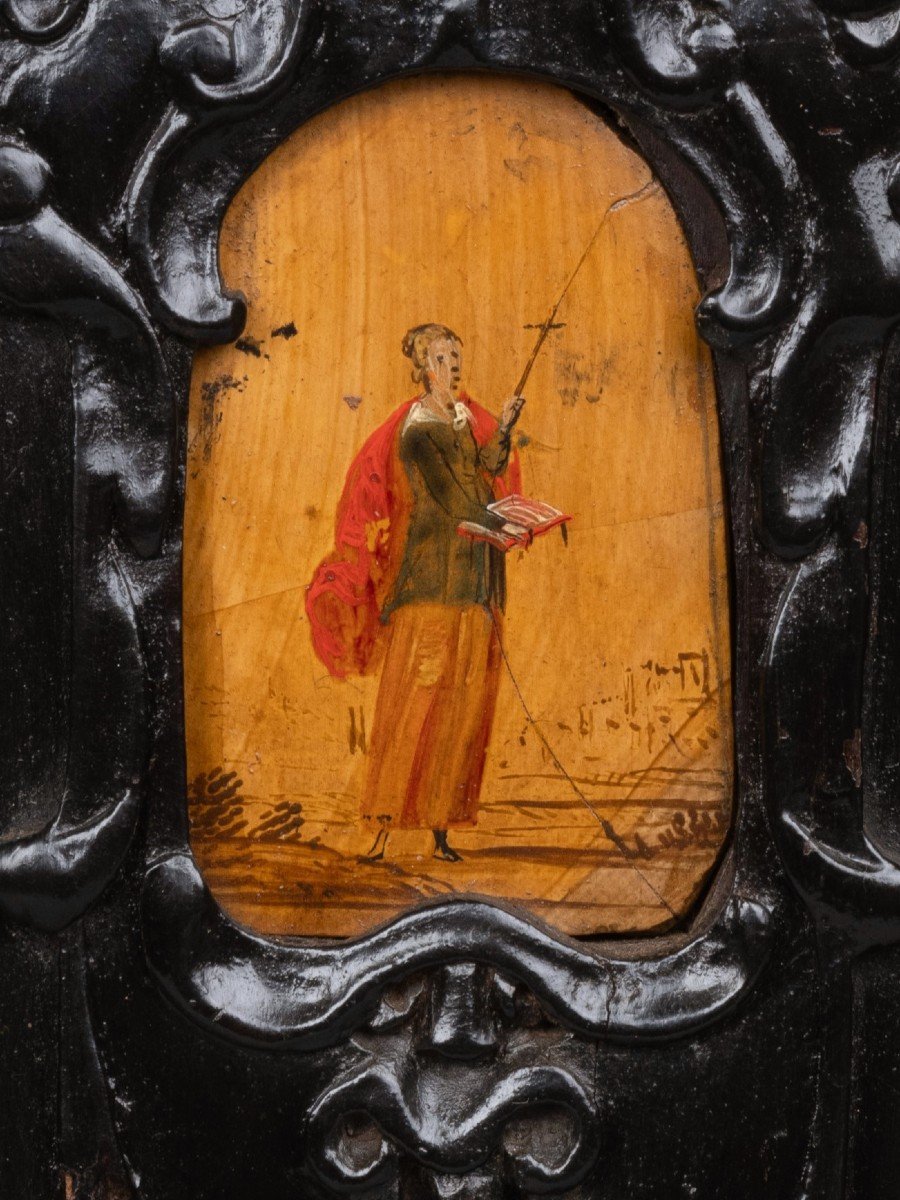



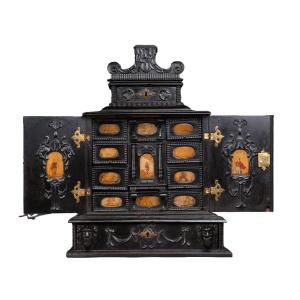














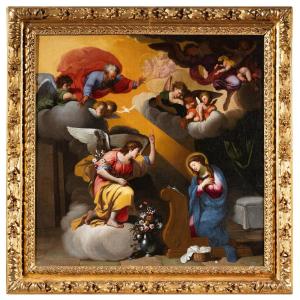

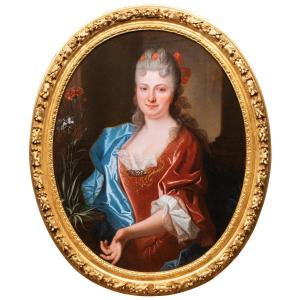

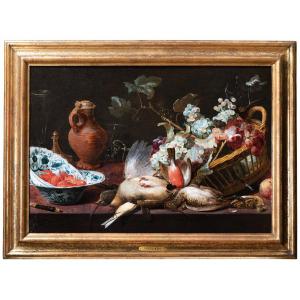

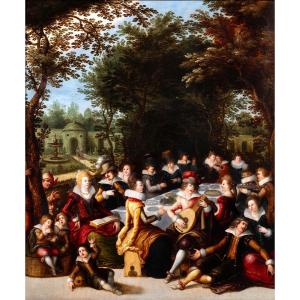
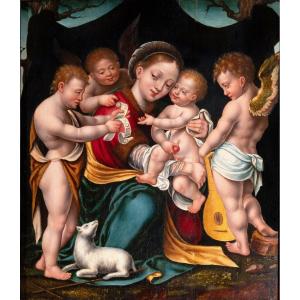


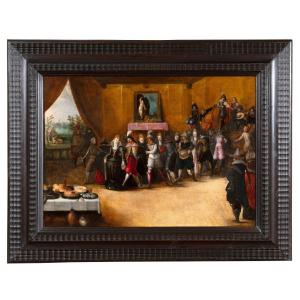






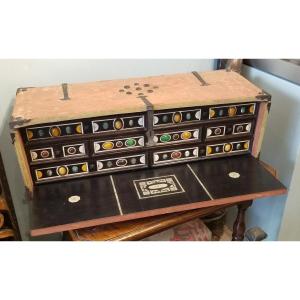



 Le Magazine de PROANTIC
Le Magazine de PROANTIC TRÉSORS Magazine
TRÉSORS Magazine Rivista Artiquariato
Rivista Artiquariato